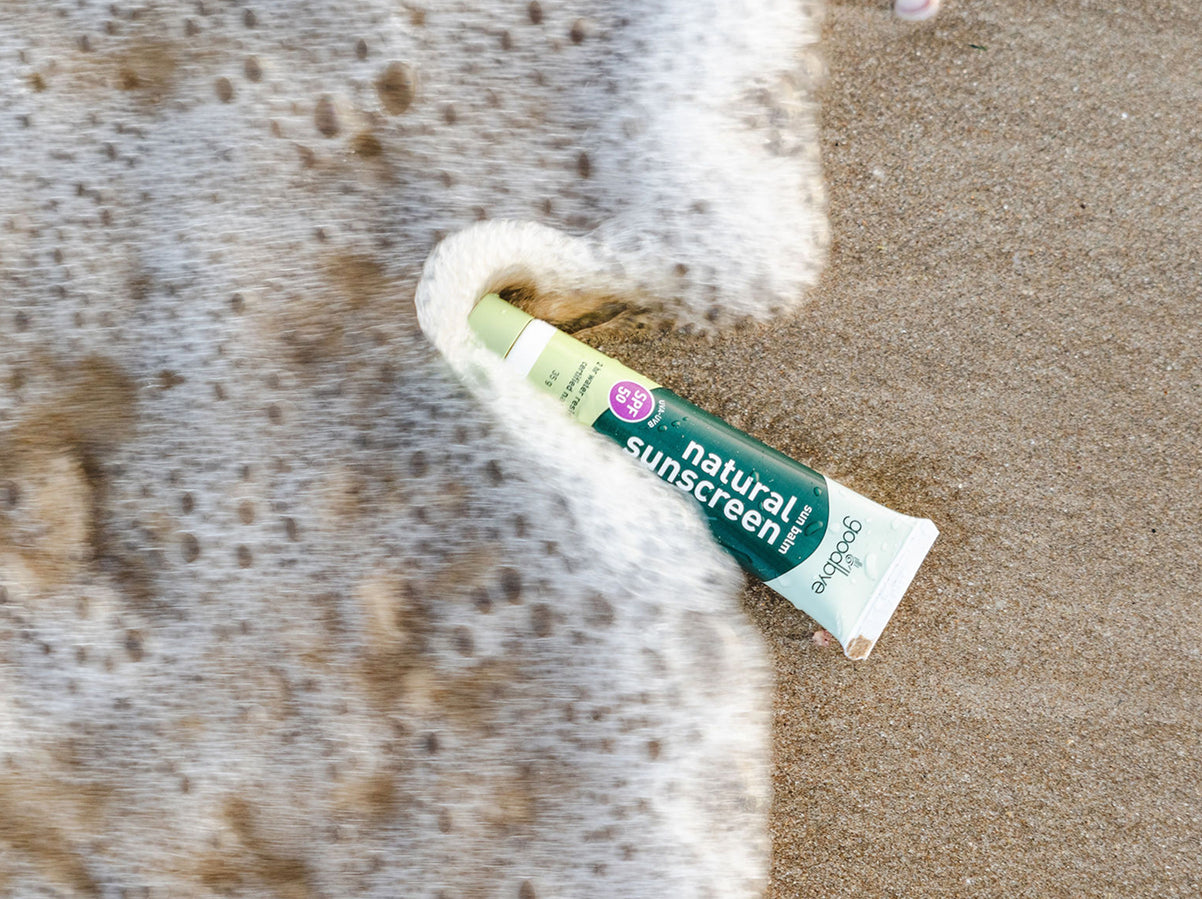Sun Balm Test Results
Goodbye OUCH Sun Balm was released in 2018, and to give us complete confidence in the product, we tested it through twice at two different performance points. These were completed between May and July 2018. A complete test with 10 people with sunscreen applied and then skin in water for 2 hours and then tested for SPF yielded an average above 50 SPF. A second complete test with a different 10 people had sunscreen applied, with their skin immersed in water for 4 hours. Their average test results yielded above 40SPF.
As importantly, and as part of the standard, we tested for critical wavelength, which is the UVA or part of the broad spectrum coverage in a sunscreen. ASNZ 2604: 2012 has the highest requirement for Broad Spectrum coverage in the world. It not only requires that the skin is protected at a certain spectrum of UVA, but that it is balanced to the coverage of the UVB. Sun Balm passes this critical wavelength and protection factor test.
The lab that we use is Dermatest, a highly regarded leader in the sunscreen testing space.
Beyond the Standard
High compliance and reliability in SPF labelling is a good beginning. An understanding of Broad Spectrum and testing critical wavelength is also key. However, with marine toxicity issues, people toxicity issues, and oxidative stress studies on certain UV absorbing ingredients there's more to be done. The landscape for what makes a good, reliable sunscreen is broader than the standard.








